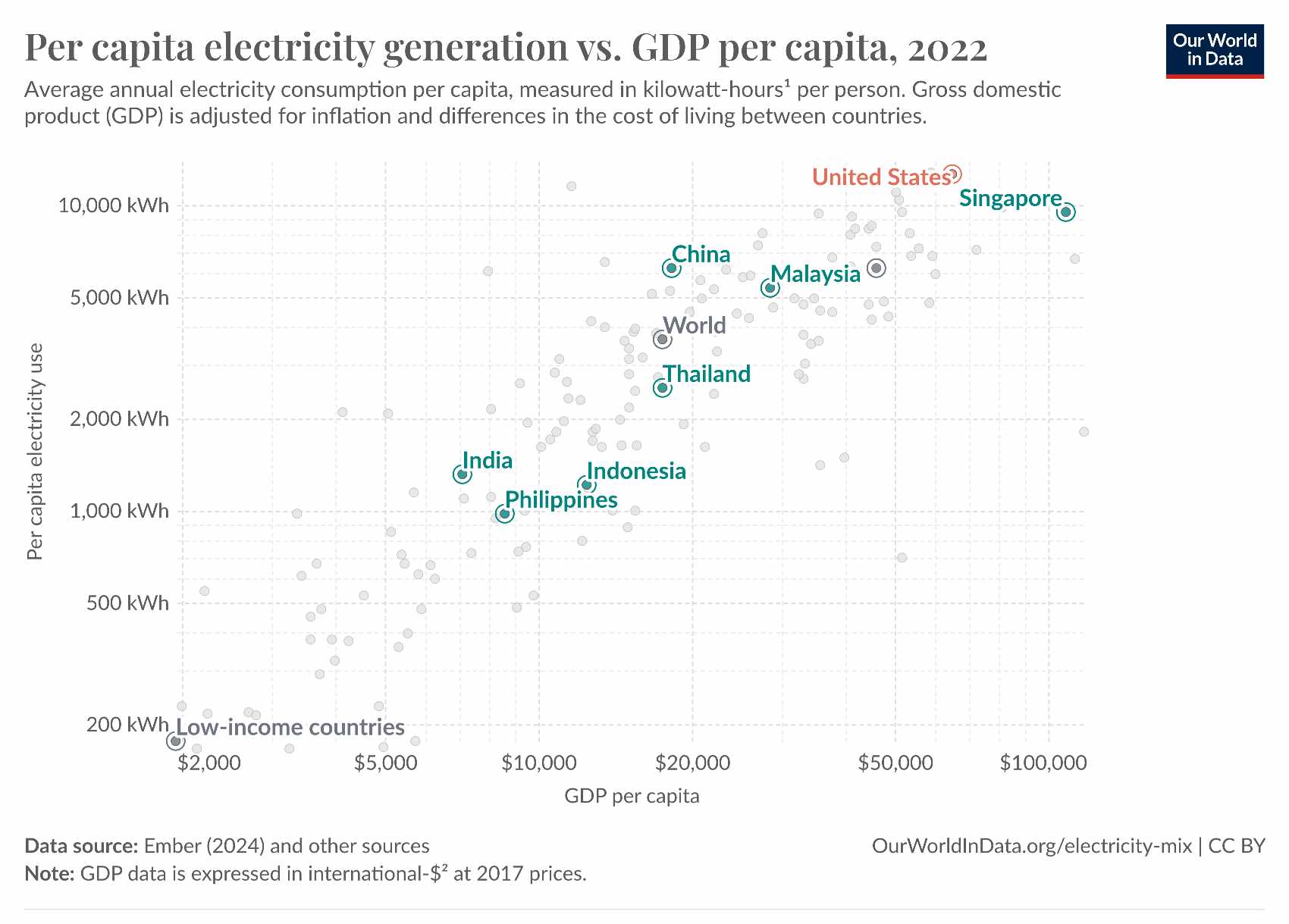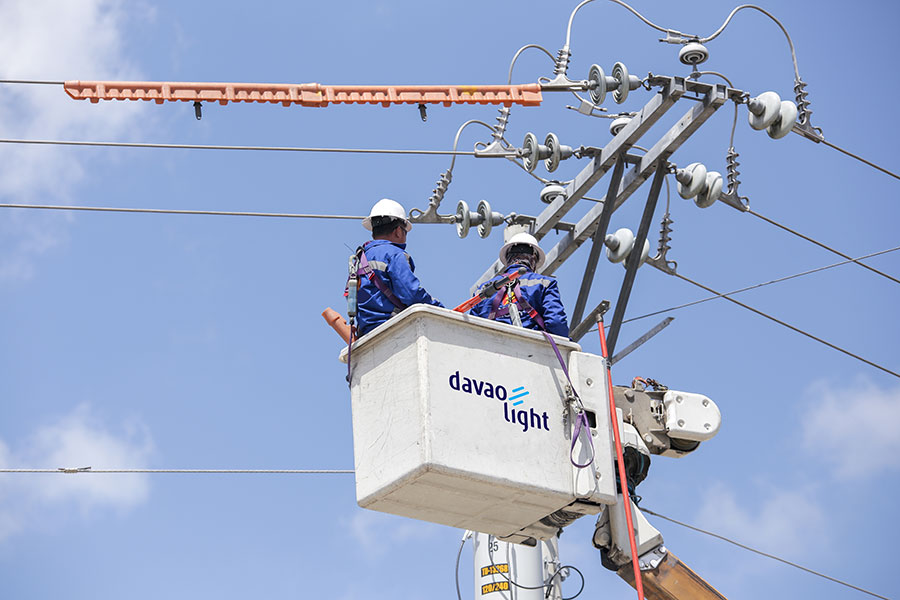Changing patterns of electricity consumption driven by economic expansion will be a challenge for the Philippine electric power industry.
The Philippine Department of Energy indicated that it expects significant shifts in the major users of electricity, with industry potentially overtaking households by 2040. If realized, old and new manufacturing plants — long considered a major economic growth driver — will need loads of power to run and operate 24/7.
Encompassing other sectors of the Philippine economy — from agriculture, fisheries and forestry to services — more electricity will be consumed as the population grows, as more people begin to enjoy more prosperous modern lives, and as society absorbs the electrification of transport, as well as more of artificial intelligence, data centers, and the Internet of Things.
In fact, electricity sales in the Philippines is forecasted to double in just 13 years, with peak electricity demand and nationwide electricity sales growing by 5.19% and 5.49%, respectively, each year until 2050.
Without question, these are among the factors that would significantly determine whether the country would hit its own economic growth targets of 6-7% in 2024, 6.5-7.5% in 2025, and 6.5-8% from 2026 to 2028.
As such, the challenge posed to the Philippine electric power industry is to assure businesses and households alike that the electricity supply moving forward will be sufficiently abundant, reliable, and affordable.
Power generation per person
Total electricity generation per person in the Philippines is just 1,008 kilowatt hour (kWh), below that of upper middle-income countries (5,222 kWh) — a classification the country aspires to achieve.
In the ASEAN-5, the Philippines also lags behind Singapore (9,532 kWh), Malaysia (5,474 kWh), Thailand (2,653 kWh), and Indonesia (1,263 kWh). Interestingly, this correlates with each country’s GDP per capita at purchasing power parity values, with Singapore having $108,036, Malaysia having $28,384, Thailand having $17,508, Indonesia having $12,410, and the Philippines having $8,582.
Moreover, according to the Philippine Electricity Market Corporation, forced outages accounted for 55% of total outages in 2023. In terms of duration, they observed that for every one day of combined planned and maintenance outages, there are approximately 12 days of forced outages.
That said, the data suggests that the Philippines has yet to achieve energy security, much less a bedrock for sustainable economic growth and development.
With the Philippines aiming to increase the share of renewable energy in the nation's power generation mix to 35% by 2030, 50% by 2040, and more than 50% by 2050, a vital concern arises: will these additions be enough to meet rising electricity demand and sufficiently increase electricity generation per capita?
A diverse power mix
The quick answer to those two questions is no. The daily intermittencies of solar and wind sources, the seasonal variability of hydro energy, and the constraints in expanding geothermal power collectively necessitate the continued use of reliable and dispatchable fossil fuel sources, at least for the time being.
Intermittencies can be evident in each technology’s capacity factor, or the ratio between the total metered quantity of electricity generated by the power plant against its total registered capacity. In the Philippines, solar and wind have the lowest capacity factors at 20% and 31%, respectively. In application, this means that out of 100 megawatts of installed solar or wind capacity, only 20 or 31 megawatts is effectively produced.
Comparing it to the capacity factors of other energy sources shows that not all electricity is created equal. From lowest to the most energy dense: hydro has a capacity factor ranging from 24.1-39.2%, natural gas 44.2-64.2%, coal 57.5-68.5%, and geothermal 65.5-71%. Nuclear energy, which is being explored as a viable option for the Philippines, has a capacity factor of over 90%.
Power density justifies the case for the continued utilization of traditional capacities like coal, as well as the exploration of liquified natural gas and nuclear power. These are important to ensuring grid stability and power reliability, especially as adding energy storage systems to support intermittent sources is still costly to the point of rendering them commercially uncompetitive against nonrenewables.
Much like the power bills customers receive every month, a full accounting incorporates the costs of running the electrical grid reliably 24/7, taking into account intermittency and dispatchability of multiple energy sources, hence acknowledging the sources that mostly require the added cost of storage and backup power.
Cognizant of country context and capabilities, Aboitiz Power Corporation believes that the Philippines should pursue an “all-options-on-the-table” approach. This involves maximizing existing dispatchable power sources like coal; expanding long-distance electric transmission; exploring emerging technologies, energy storage systems, and indigenous sources; and developing natural gas to provide peak power.
This balanced approach — allocating space for other sources and technologies — allows for flexibility to meet the Philippines’ economic demands. It ensures that the country builds and supports a cleaner energy system of the future without compromising the endeavor to attain energy security and affordability.



